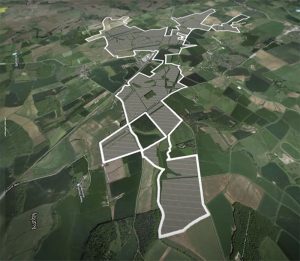
We welcome your donations.
To stand the best chance of defeating Mallard Pass, we will require the expertise of specialists to identify and submit the relevant legal and material planning considerations during the Examination phase with the Planning Inspectorate.
We therefore intend to use the services of a Planning Consultant and a Junior Barrister to ensure we can represent the community effectively.
We need to raise at least £15,000 in advance.
Please donate generously either via:
GoFundMe page https://gofund.me/364ca897
BACs to Mallard Pass Action Group, Account no. 63032162, Sort Code 30-98-97
We want to assure you the funds will be used very wisely. Should there be any remaining at the end of the planning process we will contact all MPAG members by whatever means available to us, and offer some options for redistribution into community projects or specific charities.
Thank You
MPAG Committee




